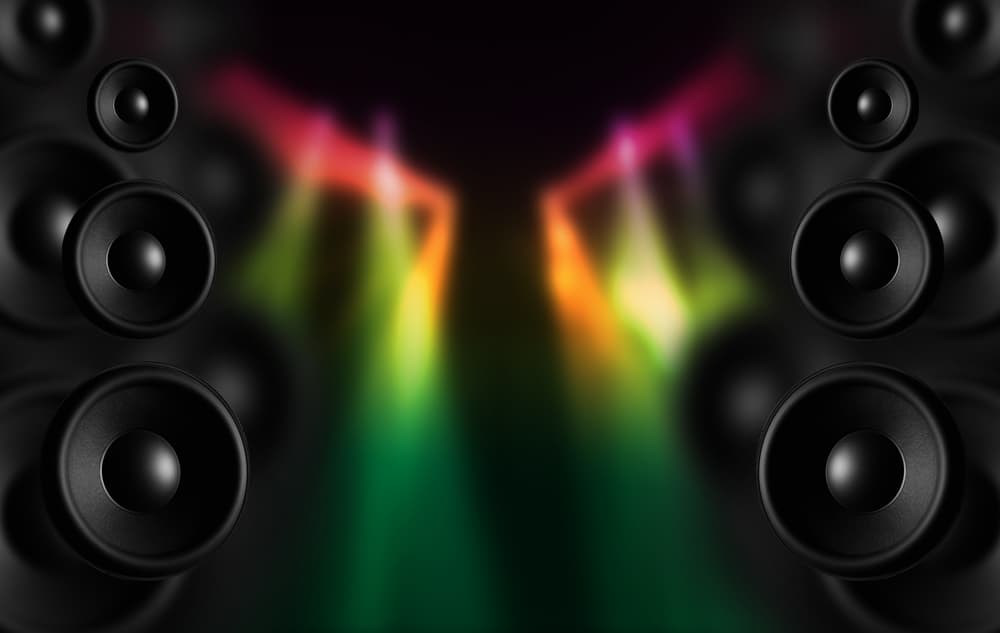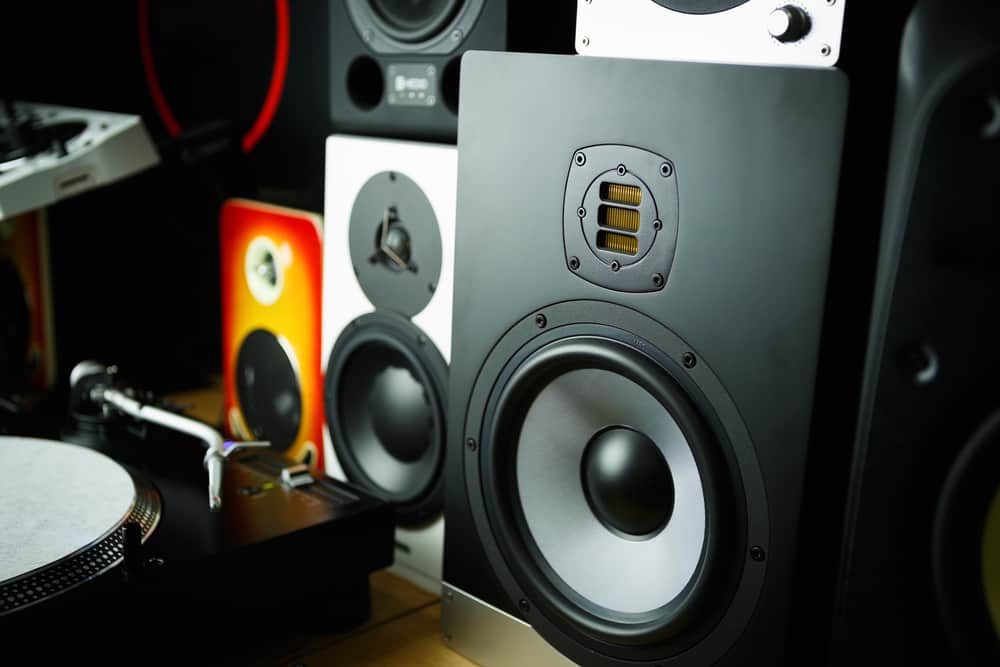When it comes to media consumption, a sound system is one of the most essential components. The watching experience is quite not the same if you watch a video on just a computer screen and an average headphone compared to a full home theater setup. This is especially true if you’re into horror and action movies.
If you’re going to build a home theater, you should probably add a subwoofer. These are devices that look just like a speaker but are more efficient in reproducing low-frequency tones, which is simply the bass part of each track. Since low-frequency sounds need more significant drivers to be produced efficiently, you can find subwoofers to be towering beside your regular amp or soundbar.
An excellent subwoofer setup will even make the sound feels like there’s an additional dimension to it. In this article, different methods of hooking the subwoofer into the amp will be featured. In case you don’t have the LFE connection, there is additional instruction in the last part.
Why Should You Install A Subwoofer?

One of the most significant components in a home theater is the subwoofer. Whether you’re using a soundbar or a speaker, a sound woofer will make the sound better. It is the device that gives you that deep, clean, and tight bass sound that is crucial for those explosive sound effects and heart-stopping jump scares.
Connecting a subwoofer in an amp is usually straightforward; you need to connect one cable or two. The only time you’ll need something else is when you want to use multiple subwoofers, where a Y Adapter might be required. The easiest option for this is to use the Low-Frequency Effects or LFE Cable. Here are the steps in connecting your sub to the amp via the LFE sub output.
Via LFE Subwoofer Output
1. Find The Best Location For Your Setup
Unlike high-frequencies, low-frequency sounds don’t need to be beamed in a specific direction to sound good. Its effect relies more on the vibration, which the human ears can’t hear. Thus, you can put your subwoofer anywhere in your room that is more convenient for your setup. If you want the optimal result, place the sub near a wall to help in bouncing more waves.
2. Locate The Right Ports
Check if your amplifier or receiver supports LFE connectivity. This port is usually placed near two ports (white and red) and is usually colored yellow. It is often labeled as “Sub Out,” “LFE Out,” or “Line Out.” While on the subwoofer side, you can find the right port labeled with “LFE Input” or “LFE In.”
3. Connect The Subwoofer To The Amp Or Receiver
All you have to do is to connect the cable’s both ends to the Sub Out (receiver) and the LFE In (subwoofer). Once it’s done, then you’re ready to enjoy your bass. However, if you don’t have an LFE connectivity, you might have to use another set of cables.
4. Test Your System
Test your system and mix the bass output. You’ll usually spend more time in this stage than in the actual technical setup itself. Lower your subwoofer output if the bass sounds too strong and muddy. If the bass is too weak, proceed to step number 5.
5. For Multiple Subwoofers
To add more subwoofer, first, check if your receiver supports two subwoofer outputs. If multiple subwoofers are supported, connect the other sub in your receiver the same process as before. If your receiver only has one subwoofer output, use an RCA-Y Adapter, which you can get from Amazon in less than $10. You can mix and match two different subs, but it’s preferable if your two subs are from the same brand with the same models and size.
What If I Don’t Have The LFE Subwoofer Output?

Via Low-Level Input
Low-level right and left input, also known as the RCA, is the other way of connecting your sub to your receiver or amp. Make sure that you have an RCA cable-ready because this cable might or might not be included in the sub’s package. You’ll also need a Y-cable for this setup.
Connect the two ports in the matching colors: red for red and white for white. If both the sub and the receiver use RCA, connect both of the cable’s end to the respective ports. However, if one uses an LFE connectivity instead, plug the other end of the RCA cable to both the left and right in the Y-cable. Use the Y-cable in the device with LFE.
https://www.lifewire.com/connect-a-subwoofer-to-receiver-or-amp-3135132
Via High-Level Input
This method is the least used in connecting a subwoofer to an amp or a receiver. You will only need to use this method if both LFE and low-level input are not available, which is rare on newer devices. You will find two clips (one red and one black) in the back of the subwoofer. Use the receiver’s speaker wires to connect in the subwoofer. Again, match the color of the code to the clip: black for black and red for red.
Source: https://www.youtube.com/watch?v=ZpSAQDjuWN0&pbjreload=10
Conclusion
And that’s it for this tutorial about connecting a subwoofer to an amp or a receiver. The easiest and more convenient way is to use the LFE connectivity, which is pretty standard for most of the newer devices. If you have another subwoofer to connect, ready your RCA-Y cable. Keep in mind that the more components you add to your system, the more complicated it would be to setup. Share this article with your friends and check out other articles regarding home theatre components and installations.
Related Topic: Here’s How Does A Sound Bar Work And Why You Should Get One For Your System
